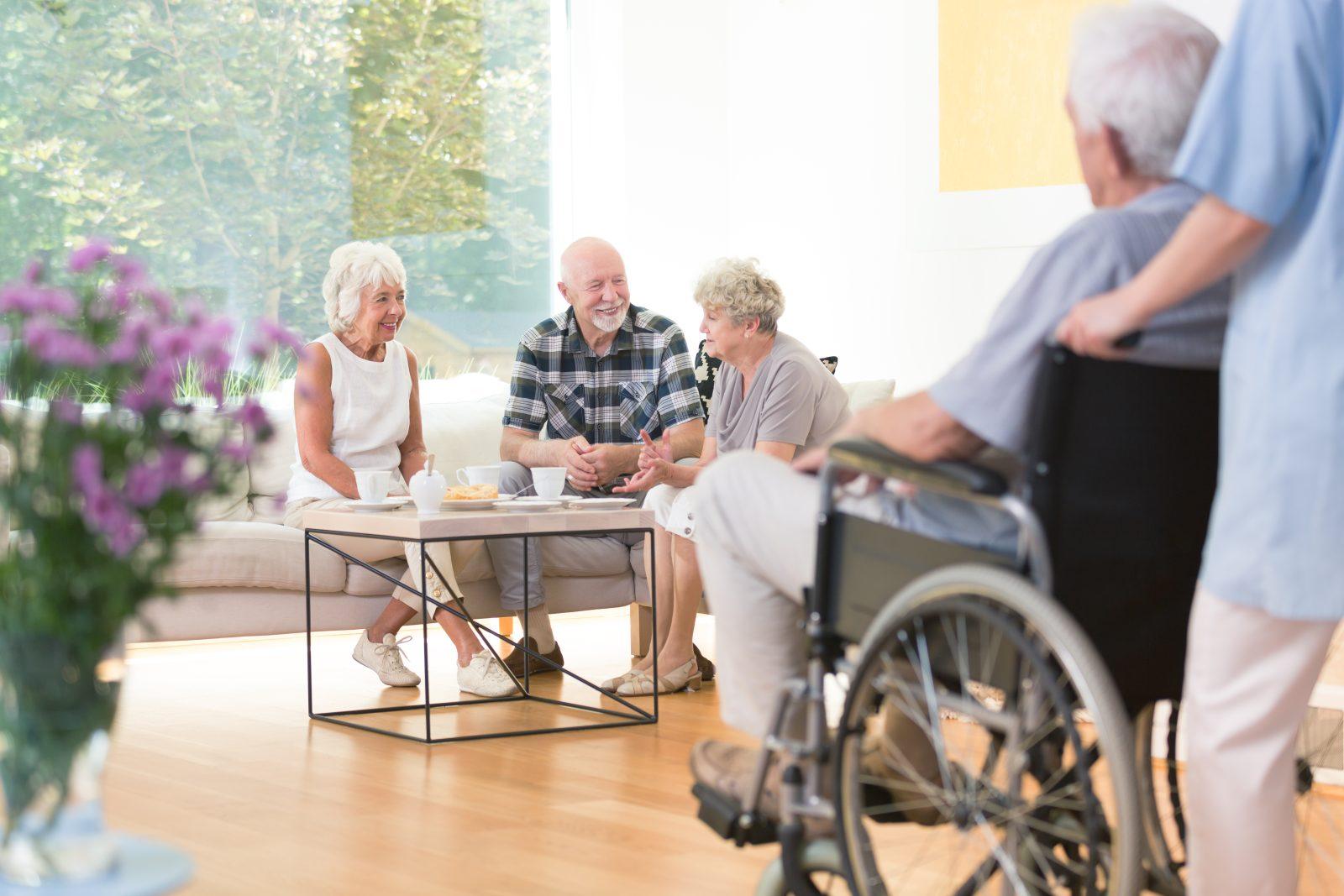Activities of Daily Living (ADLs) are essential tasks that individuals perform every day to maintain their independence. For healthcare providers, understanding and supporting patients’ ability to perform these tasks is a critical aspect of providing compassionate care. This course is designed to equip healthcare professionals with the knowledge and skills necessary to assess, support, and optimize patients’ ADLs. This training offers a comprehensive look at the physical, cognitive, and emotional factors that influence ADLs. Whether you’re working in home health, long-term care, or rehabilitation, this course is essential for any healthcare provider looking to enhance their understanding of ADLs.
What You Will Learn:
- Primary ADLs
- How to assess a patient’s ability to perform ADLs using standardized assessment tools
- Personalized care plans that address each patient’s unique needs
- Providing appropriate support for patients during ADLs
- Strategies to encourage and maintain independence in ADLs
- Techniques to manage ADLs for individuals with cognitive impairments
Details:
Course length: 1 hour and 15 minutes; CME: 1.25
Languages: American English
Key features: Audio narration, learning activity, and post-assessment.
Get Certified
American Medical Compliance (AMC) is a leader in the industry for compliance, Billing, and HR solutions. To become certified, please visit us at: American Medical Compliance (AMC).
Reach out for other courses by visiting the AMC Course Library.
Activities of Daily Living: Essential Tasks for Personal Care
Activities of Daily Living (ADLs) refer to the basic tasks that individuals need to perform to take care of themselves on a daily basis. These activities are fundamental to a person’s ability to live independently. For healthcare providers, understanding and supporting patients in performing these tasks is crucial in promoting autonomy.
ADLs include:
- Eating: The ability to feed oneself, whether independently or with assistance.
- Bathing: The ability to wash and groom oneself, which includes personal hygiene tasks such as showering or brushing teeth.
- Dressing: The ability to choose and put on appropriate clothing for the situation.
- Toileting: The ability to use the bathroom independently, including the tasks of wiping, flushing, and managing hygiene.
- Mobility: The ability to move around safely, including walking, transitioning from sitting to a standing position, and transferring from bed to chair.
In addition to these basic functions, healthcare providers must also consider Instrumental Activities of Daily Living (IADLs), such as managing medications and maintaining a clean living environment. These activities, while not as directly related to personal care, are also important for ensuring an individual’s overall independence.
Mastering the assessment and support of both ADLs and IADLs is an essential skill for healthcare providers, especially when working with aging populations. Recognizing challenges in these activities and addressing them with compassion can significantly impact a patient’s health, well-being, and independence.
Determining Limitations in ADLs and IADLs
A determination that an individual is limited in their capacity to perform an Activity of Daily Living (ADL) or Instrumental Activity of Daily Living (IADL) task should always be carefully evaluated in the context of potential physical, cognitive, or memory impairments. Limitations in performing these tasks are not always due to a lack of willingness or effort, but rather can be a direct result of an underlying health condition that affects a person’s ability to function.
Physical impairments might include conditions such as arthritis, stroke, or chronic pain that limit mobility, strength, or coordination.
Cognitive impairments are often associated with conditions like dementia, Alzheimer’s disease, or brain injury. These can affect an individual’s ability to remember to take medications or prepare meals.
Memory loss can significantly impact an individual’s ability to perform both ADLs and IADLs, particularly for tasks that require sequencing or remembering steps.
It is essential for healthcare providers to thoroughly assess the root causes of these limitations in order to provide effective intervention. Understanding the relationship between impairments and ADLs/IADLs allows healthcare professionals to develop personalized care plans that address the specific needs of the individual. Recognizing these challenges early on helps ensure that patients receive appropriate care.
The "Check 0, 1, 2" List
The “Check 0, 1, 2” list contains common, illustrative examples of Activities of Daily Living (ADLs) and Instrumental Activities of Daily Living (IADLs). This list is designed to help healthcare providers quickly assess a patient’s ability to perform essential tasks. However, it is important to note that this is not an all-inclusive list. There may be other factors, conditions, or individual circumstances that affect a patient’s capacity to perform these tasks.
In the “Check 0, 1, 2” list, the following guidelines are used:
- 0: The individual is fully capable of performing the task independently, with no need for assistance.
- 1: The individual requires some assistance or adaptive tools to complete the task but can manage most aspects independently.
- 2: The individual is unable to perform the task without significant assistance or supervision due to physical, cognitive, or memory impairments.
Some common examples might include:
- Eating: Can the individual feed themselves independently, or do they need help with utensils, or do they require full assistance to consume food?
- Dressing: Can the individual choose and put on clothing without help, or do they need assistance with buttons, zippers, or coordination of clothing choices?
- Bathing: Can the individual bathe independently, or do they need help with standing, washing, or safety in the shower or bath?
- Mobility: Can the individual move around freely and safely, or do they need a walker, wheelchair, or assistance with transferring from a bed to a chair?
The “Check 0, 1, 2” list provides an accessible framework for identifying the level of an assistance an individual may need. The list should be used as a guideline, not a definitive assessment.
Recording ADL and IADL Performance
Accurate documentation is critical when assessing and tracking a patient’s ability to perform Activities of Daily Living (ADLs) and Instrumental Activities of Daily Living (IADLs). To effectively record what a person did for themselves and how others assisted in the performance of these tasks, healthcare providers should document self-care activities for the last three days.
This time frame allows healthcare professionals to capture a realistic snapshot of the patient’s daily functioning. It also helps to identify patterns or fluctuations in the patient’s ability to perform these tasks.
For each ADL or IADL, the following should be recorded:
- Self-Performed Tasks: Note any activities that the individual was able to complete on their own without assistance. This includes tasks like eating, dressing, or bathing independently.
- Assisted Tasks: Identify which tasks the individual needed help with and the level of assistance provided. For example, did the patient need physical support (e.g, someone helping them with balance during bathing) or were adaptive tools (e.g., special utensils) used to help them eat independently?
- Type of Assistance: Describe the nature of the support provided. Was it hands-on assistance, verbal prompts, or simply providing adaptive equipment?
By recording this detailed information, healthcare providers can monitor a patient’s progress and ensure appropriate interventions are made. This documentation serves as an essential part of care planning and helps to maintain continuity of care.
Assistance with Dressing and Clothing
The ability to dress independently is a key indicator of an individual’s autonomy, but for many patients, assistance with dressing is necessary due to physical limitations or medical conditions. This course focuses on the help received to put on, fasten, and take off all items of clothing, including sleepwear and clothes worn when going outside. It also includes assistance with wearing and removing braces, artificial limbs, and compression (TED) hose.
When assessing or documenting assistance with dressing, healthcare providers should consider the following:
- Putting on Clothing: Did the individual need help putting on any clothing items? This could include assistance with basic clothing such as shirts, pants, socks, shoes, or more specialized items like braces or compression garments.
- Fastening Clothing: Did the person require help fastening buttons, zippers, or other fasteners on their clothes? Assistance may be needed due to issues with fine motor skills and dexterity.
- Removing Clothing: Did the individual need assistance removing any items of clothing, including socks, shoes, or outerwear? This could also involve help removing braces or artificial limbs, which may require specific techniques or careful handling.
- Specialized Items: For patients who use medical aids such as braces, artificial limbs, or compression garments, note the level of assistance required for wearing and removing these items. This may involve technical support to ensure proper placement, safety, and comfort.
Documenting the level of assistance needed in these areas helps healthcare providers develop effective care plans. It also assists in identifying any changes in a patient’s functional abilities.



